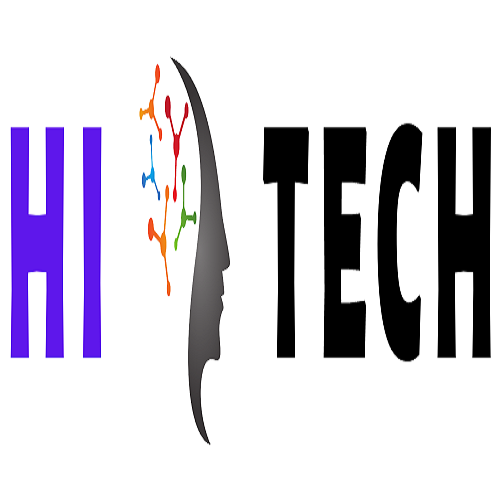Introduction:
Fax
machines have been around for several decades and were once a common method of
transmitting documents between individuals and businesses. The technology
behind fax machines involves converting a physical document into a digital
format, which is then transmitted over a phone line to a receiving fax
machine.
Although
fax machines were once widely used, their popularity has declined in recent
years due to the rise of digital communication methods such as email and
instant messaging. However, there are still some industries that rely heavily
on fax machines, such as healthcare and legal services.
Benefits of using a fax machine:
One
of the benefits of using a fax machine is that it provides a physical record of
a document, which can be important in certain situations. Additionally, fax
machines are typically more secure than email as they require a physical
connection to transmit information.
Drawbacks to using fax machines:
However,
there are also some drawbacks to using fax machines. For example, fax machines
can be slow and unreliable, and documents can become distorted or unreadable
during transmission. Additionally, fax machines require the use of paper, which
can be wasteful and environmentally unfriendly.
In
addition to providing a physical record of a document, fax machines can also be
more secure than email as they require a physical connection to transmit
information. Additionally, fax machines can be used to send documents to
individuals who do not have access to email or other digital communication
methods.
History of Fax Machines:
The
concept of transmitting images over a wire dates back to the mid-1800s, but the
modern fax machine as we know it today was first developed in the 1960s by a
company called Xerox. The first commercial fax machine, the Xerox Telecopier,
was released in 1964.
In
recent years, there have been efforts to modernize fax technology by developing
digital fax services that allow users to send and receive faxes over the
internet. These services offer several advantages over traditional fax
machines, such as faster transmission times, improved image quality, and the
ability to send and receive faxes from any location with an internet
connection.
How Fax Machines Work: Fax machines use a technology
called "fax modulation" to convert an image into a series of audio tones
that can be transmitted over a telephone line. The receiving fax machine then
converts the audio tones back into an image and prints it out on paper.
Types of Fax Machines: There are two main types of fax
machines - standalone and multifunction. Standalone fax machines are dedicated
devices that are only used for sending and receiving faxes. Multifunction fax
machines, on the other hand, combine the functionality of a fax machine with
that of a printer, scanner, and copier.
Drawbacks of Fax Machines: As
mentioned earlier, fax machines can be slow and unreliable, and documents can
become distorted or unreadable during transmission. Additionally, fax machines
require the use of paper, which can be wasteful and environmentally unfriendly.
Modernization of Fax Machines: As
technology has advanced, there have been efforts to modernize fax technology by
developing digital fax services that allow users to send and receive faxes over
the internet. These services offer several advantages over traditional fax
machines, such as faster transmission times, improved image quality, and the
ability to send and receive faxes from any location with an internet
connection.
Alternatives to Fax Machines: While some industries still rely
heavily on fax machines, there are now many alternatives to this technology,
such as email, instant messaging, and secure file-sharing services. These
digital communication methods offer several advantages over fax machines, such
as faster transmission times, improved security, and lower costs.
Conclusion:
In
conclusion, fax machines have played an important role in communication for
several decades, but their popularity has waned in recent years as more modern
and efficient communication methods have emerged. However, for those who still
rely on fax machines, there are options available to modernize the technology
and make it more efficient and convenient. Fax machines have been a staple of
communication for several decades, but their popularity has waned in recent
years with the rise of digital communication methods. While there are still
some industries that rely heavily on fax machines, the technology has largely
been replaced by more modern and efficient communication methods. However, for
those who still rely on fax machines, there are options available to modernize
the technology and make it more efficient and convenient.










0 Comments